I came to Lima hoping to find a new side of this city.
Cards on the table, I’ve never liked it here. That’s not to say I don’t like the people I’ve met here. In fact, neighborhoods like Pamploma Alta and La Rinconada have received me more warmly than almost anywhere else I’ve ever worked. My first assignment in the San Juan de Miraflores district started with an introduction to the local collectivo system and ended with fruit cake and Inca Cola at a 90th birthday party.
But the city itself has always underwhelmed me. Despite its lovely stretch of Pacific coastline, Lima seems determined to alienate and intimidate visitors. The trip here by bus can last literally for days. A drive in from the airport takes you past San Pedro Prison and through one of the worst neighborhoods in Peru, a trip during which criminals routinely target taxis at stoplights and crosswalks.
In Miraflores, at once the main tourist district and the financial center, you can sightsee at old Spanish cathedrals whose views are soundly diminished by the grey, boxy architecture of Lima’s downtown. There’s good food, when you can find it, sclerotic traffic and concrete absolutely everywhere.
The city isn’t broken, but I’ve always felt like it makes a visitor work far too hard for far too little payoff in the end.
So when I recently returned to write about inequality in this growing capital I came determined to find something new to talk about. Then I visited Barranco.
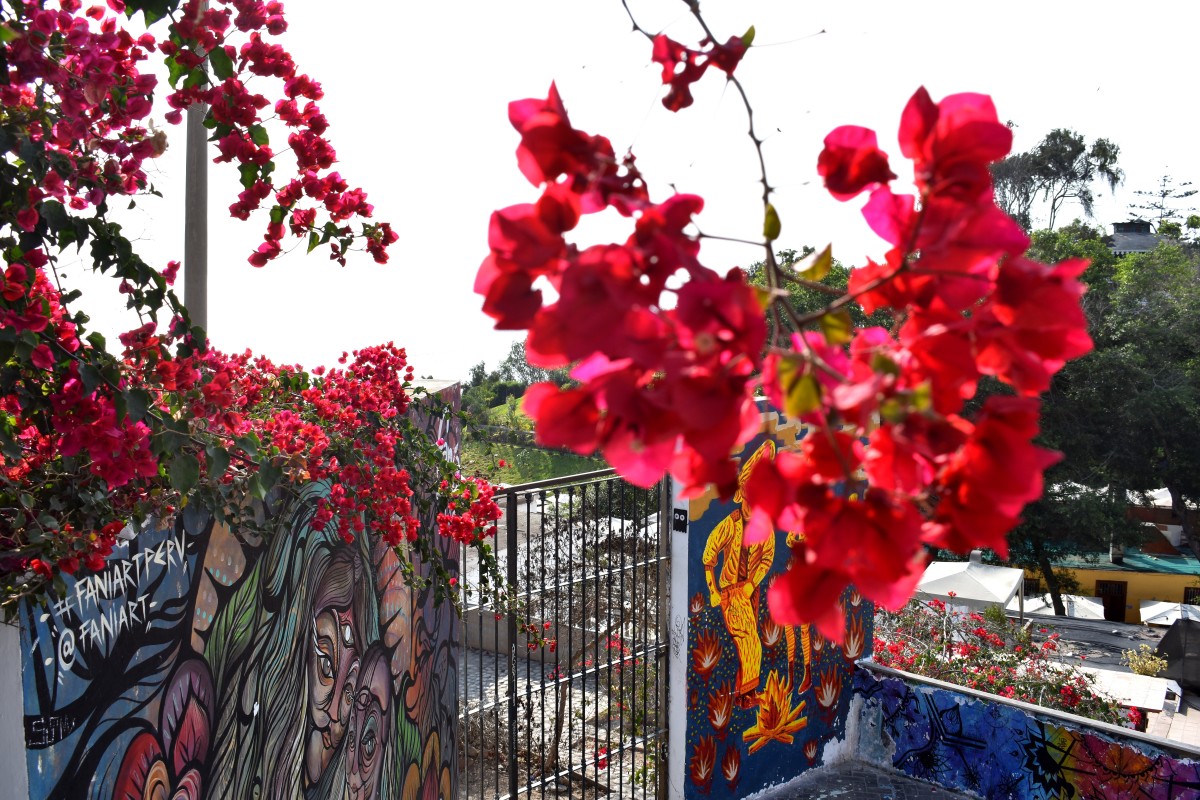
Welcome to Barranco.
Barranco is exactly what I had never seen before in Lima. Travel guides have described it as “bohemian” and the Williamsburg of Lima, whatever that means. Mostly it is a neighborhood that seems to be genuinely having fun creating someplace fresh and new. As a traveler who is entirely over the cliched tchotchkes of the Inca Market, that was a revelation.
Now, Peru makes a lot of money off its past, from the ruins of Machu Picchu to the distinctly underwhelming Nazca Lines, which is honestly another reason I’ve never seen much point to staying in Lima. Why see dioramas of the Incan temples when I can just travel west and see the real thing?
And this neighborhood of Lima is old. Colonial houses and manor homes, the-Incas-got-here-first here kind of old. It’s beautiful in that terrible way peculiar to colony cities and Southern plantations. Unspeakable people did awful things here, you remind yourself, but by God they knew how to make some nice buildings.
So it feels like an odd accident that this is where Lima’s young, hip set seems to have made their home; the folks we’d call hipsters and millennials pretty much everywhere else. This is Ashbury Street in the 70’s and Brooklyn in the 1990’s. If you want to see what Peru will become in a couple of decades I recommend starting here.
Avocado toast might do well here.
Craft breweries already have.
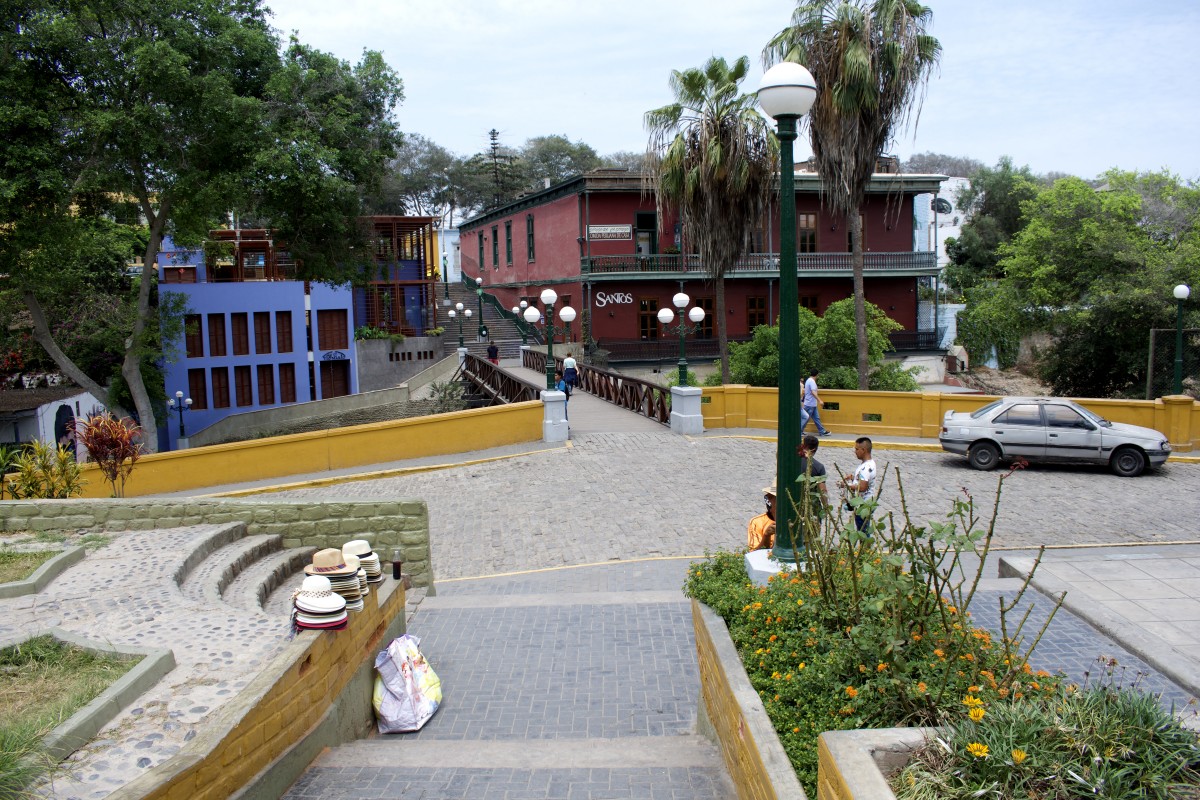
The Bridge of Sighs… Why does everyone seem to name their bridges that?
It seems that the world over young people have rediscovered a love for beer; good beer, not the oat sodas pushed by Miller and Budweiser. In Peru this led to a brewery boom, with entrepreneurs starting up their own businesses that distribute all across the country. Here you can lift a pint in trendy old warehouses-turned-breweries like the aptly named Barranco Beer Company or Wick’s Brewpub.
They’re not mixing beers for the tourists or the expats, no weak lagers for backpackers rounding their third world tour; at least, not exclusively. No, in Barranco they pour for 20-something engineers and graphic designers off work with money to spend. They’re having fun and looking for something good.
They’re also willing to share.
On its surface this district is all coastline and colors. The surfers here, with their wake-strewn stretch of the Pacific coast, get a much better view than their counterparts up in Wicker Park or Portland. They’ve also scored a prettier neighborhood than their countrymen in the rest of Lima itself. Thanks to Barranco’s history and its distance from Lima’s centers of finance and power, old manor homes and low-rise buildings are the order of the day.
Instead of the straight lines, boxed architecture, concrete and barbed wire so common to much of this city, or the walled-in compounds that dominate middle class neighborhoods, Barranco has houses. It has small pubs, hole-in-the-wall burrito places and boulevards. It has businesses and coffee shops filled with professionals and entrepreneurs.
And the neighborhood doesn’t let you forget that.
Artists have splashed murals on every staircase. They sit on the street selling hand-made jewelry while guitar players belt out chords from Third Eye Blind in an odd tribute to the late-90’s. I even walked by a film crew at work next to the old trolley line, shooting b-roll in an old home while a crowd of bored extras mingled outside.
It’s like a weird mix of college campus, street fair and business incubator all in one place.
This is the Lima where bands play at night in the park, and the one you visit to see young couples dancing or walking by the water. It’s the part of town where everyone seems to have a plan. The young lady who ran the desk at my guesthouse dreams of building one of her own, just like the new restaurants where I ate experimental versions of ceviche and Peruvian street food.
At Wick’s pub I was served beers by an expat and an aid worker, and I shared dinner with a man who is currently trying to build the South American version of Spirit Airlines. We spent over an hour talking about the corruption and regulations keeping his planes on the ground, the kind of conversation familiar to entrepreneurs and dreamers in every country.
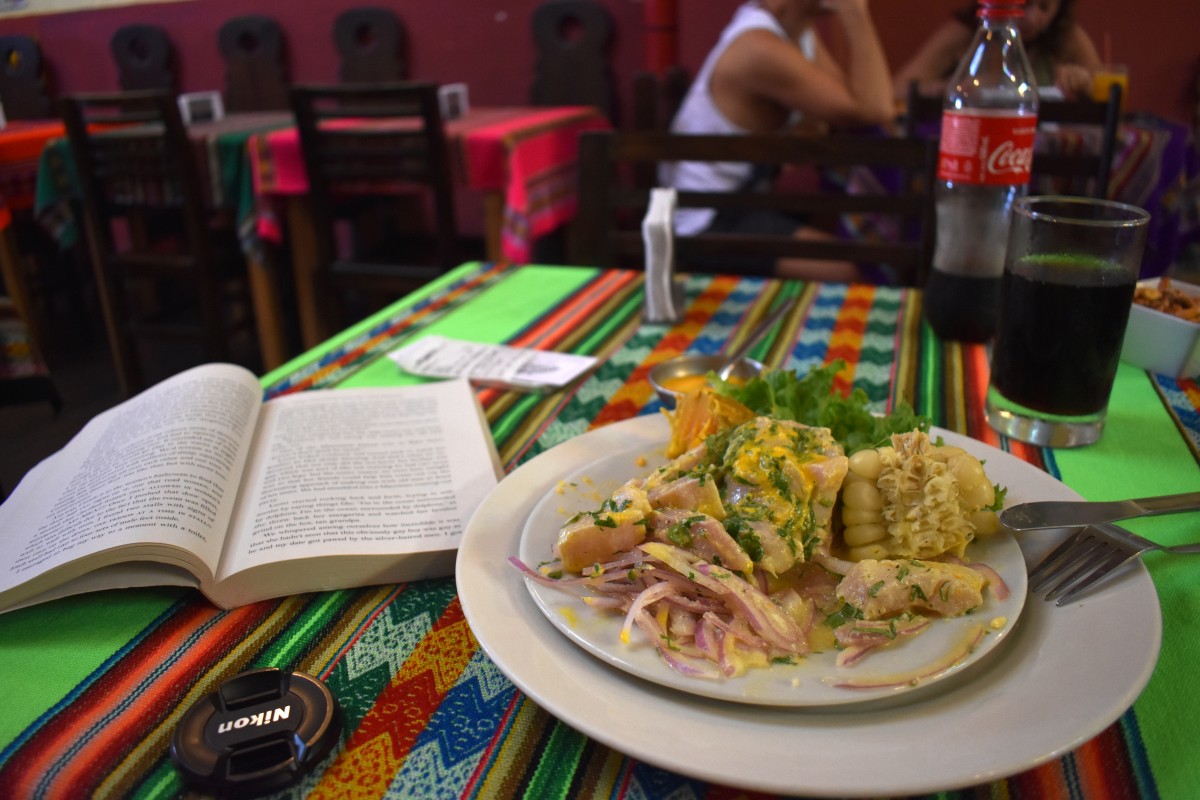
I don’t drink much soda at home. Nothing says “I’m traveling,” I think, more than having a Coke while reading a book.
I had coffees at the Contemporary Art Museum with a child psychologist, a therapist helping me put together my story on the effects of living under rigid economic segregation. She showed up from her apartment not far away, just one of the next generation of Peruvians who live and work here.
She was the rule. Toursts aren’t rare here, but we are the exception.
The thing about Barranco is that it isn’t unknown. This community is often referred to as the SOHO of Lima, with the murals and street performers that do give it a very artsy, counterculture vibe.
If you stop there, though, you’ll miss what’s really happening all around you. This is a place where you can get food of every stripe, not just classic dishes served as comfort food to a past generation but fun, interesting and multicultural menus put together by a generation that wants to put its own stamp on the place where they live. It’s a place where, in five brief days, half my conversations involved plans for something bigger.
Pretty soon I began outlining plans for new hotels and restaurants with strangers. “Of course you need a great bar, but don’t forget to let the guests get some sleep too.” The spirit was infectious.
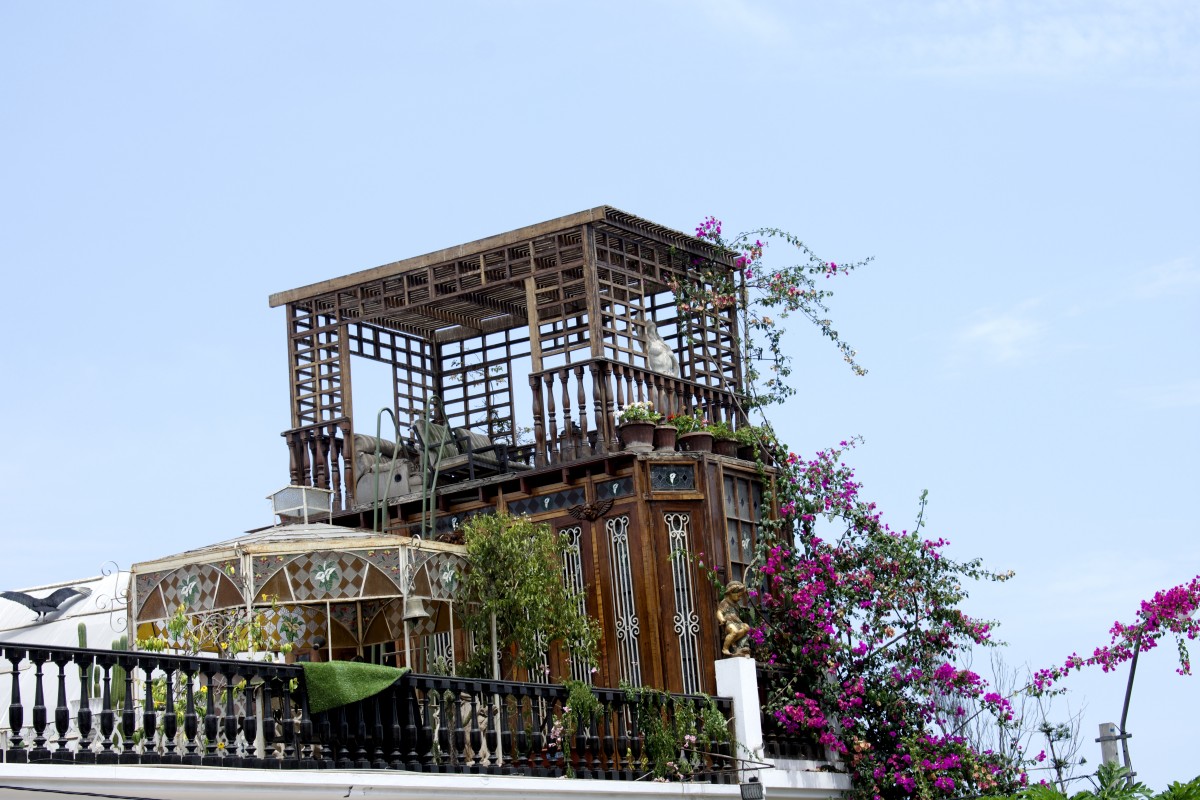
A view of a view.
Look, I’m not going to pretend that Barranco has changed the way I see Lima. This is still a city whose architects think mostly in severe, concrete blocks. It’s still a city with little to recommend it to a traveler beside easy access to places like Cusco and Arequipa. On this trip alone I was attacked and robbed at a Starbucks, even if I was immediately surrounded by concerned people who fetched a cup of water, called the police and let me use their phones to change my important passwords.
For the first time I actually enjoyed my time in Lima though. Leaving, I actually felt hopeful that a few years from now I might just look forward to coming back.
- Write More Listicles - August 12, 2021
- Find The Hard Interview - July 28, 2021
- Using Your Voice - August 22, 2018

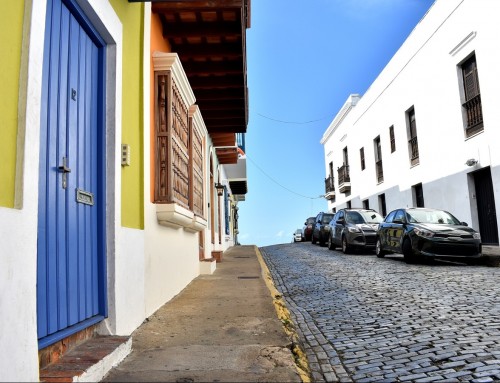
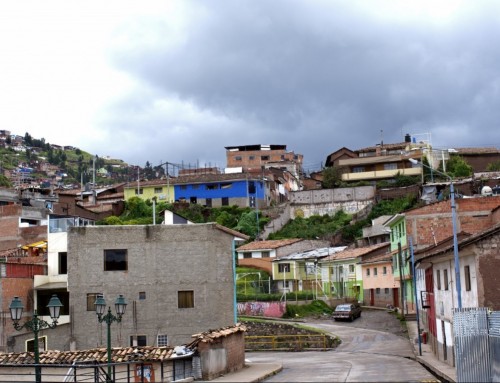
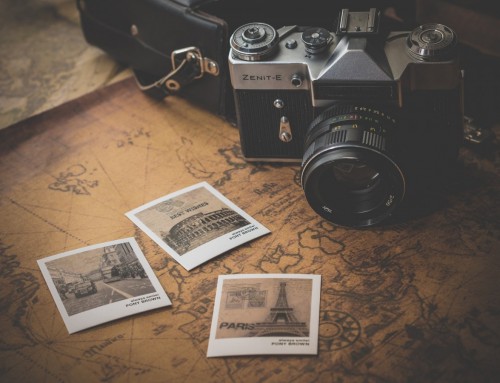
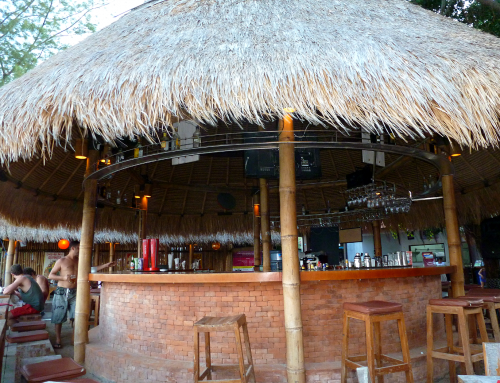
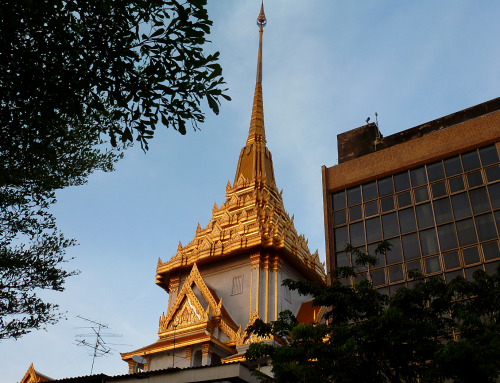
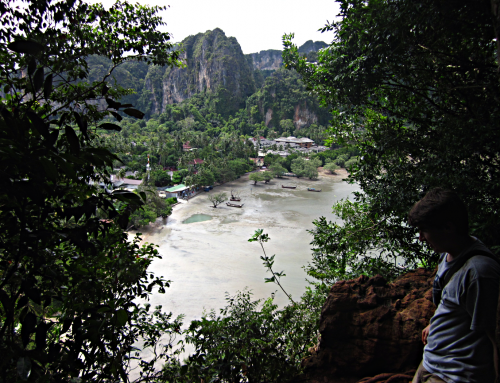
Leave A Comment